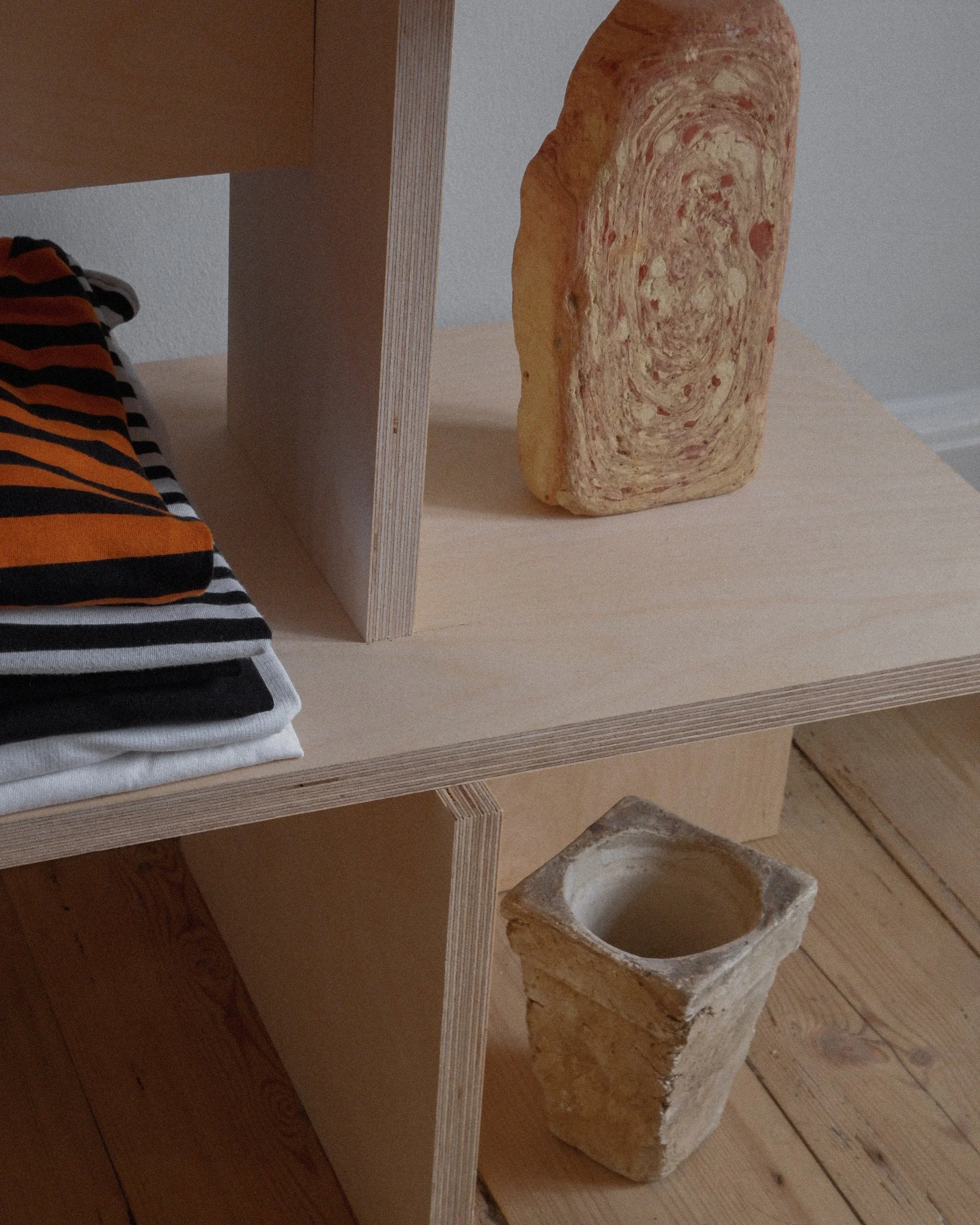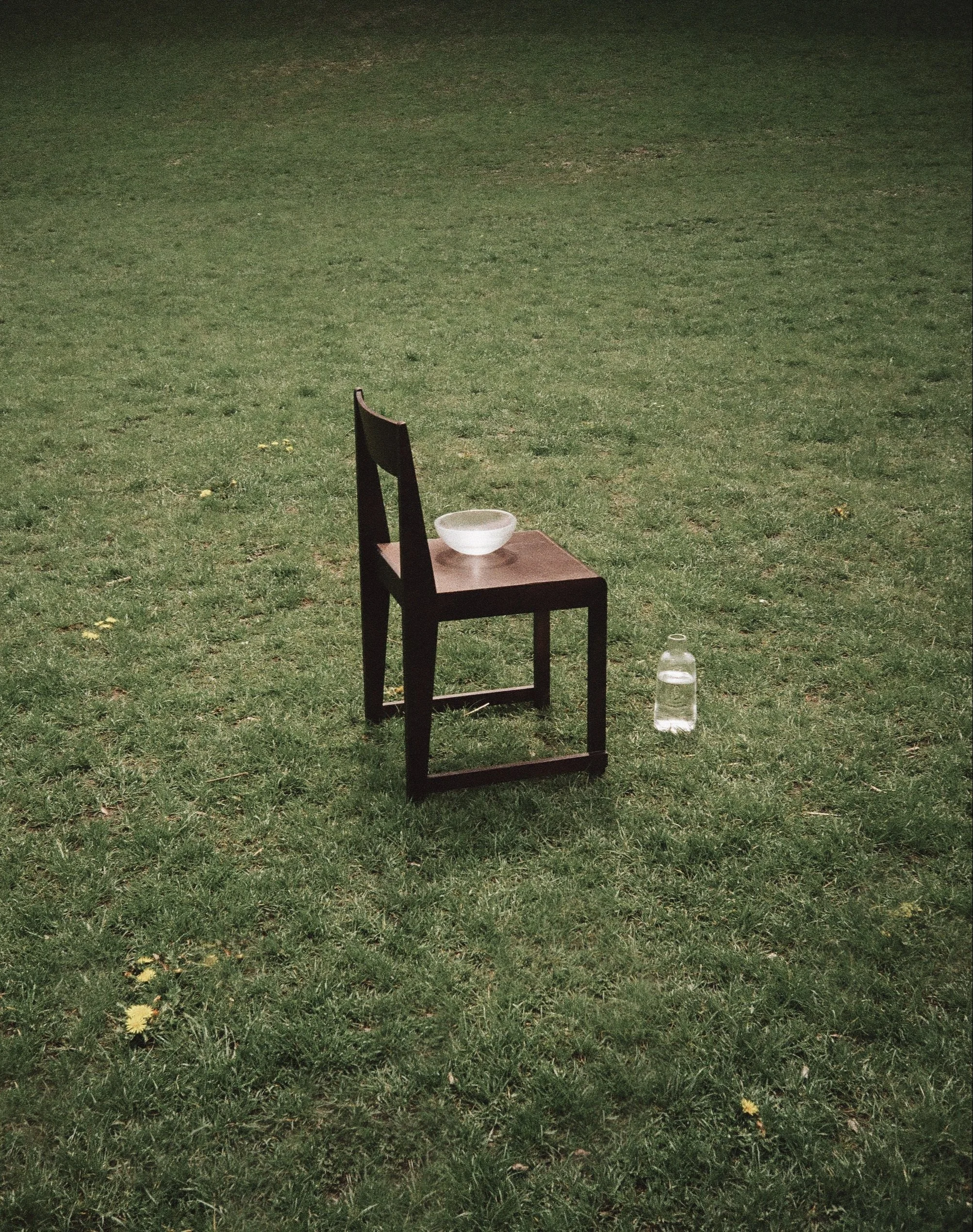This is: Martina Branchetti. A new mindfulness in design
Crafting her own jewellery in high school and dabbling in graphic design in her youth, Martina Branchetti was an early mover in creative practice. After her studies and a position at Numeroventi in Florence she moved to work for one of today's hottest design brands in Copenhagen – FRAMA. I caught up with her about work processes, how to be creative and what constitutes good design in an ever-changing landscape of forms.
“Good design, like good painting, cooking, architecture or whatever you like, is a manifestation of the capacity of the human spirit to transcend its limitations.”
– George Nelson, The Problems of Design, 1957
In 1957, the legendary industrial designer George Nelson expanded the notion of design to a conceptual level. Today design is often still seen primarily as the pure aesthetic of objects and forms. For Martina Branchetti the design discipline is more than just the superficial shaping of forms. Referring to potter Yanagi Sōetsu, who is rooted in the Mingei art period, Martina sees design not only as an aristocratic way of making objects look fancy, but also embraces its purpose and usability by ordinary people in their daily lives. According to Martina “Good design is simple, I am not a big fan of too many details or ornaments. It is the natural aspect of a material that makes a product ultimately a good one. What must be sought is natural, direct, simple, sturdy, and safe. In one word, design must be sincere, sincerely produced for use by the common person.” However this approach also illustrates the growing complexity of the design process which has made products, styles, theories and philosophies increasingly diverse: “When I first went to Milan design week I got a bit scared by what was being made already, I asked myself: What am I supposed to do and why am I a designer?”
Answers to this question can be found in Martinas current work for Copenhagen based multi-disciplinary design brand FRAMA. “The honesty of the material on its natural stage” defines FRAMA's naturalistic, hands-on approach to design and production. Talking about material Martina starts to swarm over the pure utilitarian aspect of design: “We pursue something that is timeless but also embraces the whole process with the material. Wood for example, can be painted or oiled, but the real beauty still lies in its natural state”
Known for creating furniture, homeware and accessories, FRAMA is all about clean lines with simple geometries, use of natural materials and the search for a harmonious balance between form and function. Surrounded by FRAMA’s objects, aspects of sustainability and mindfulness become clearer: “All our materials, in particular wood and leather but also steel develop an individual patina over time. Through that ageing process they become part of a place and in the end entail a story.” Even though FRAMA focuses on natural materials, the balance between pieces is not solely based on wood and ceramics: “Using wood is something very natural and warm, but it's nice to break it for example with steel which creates a fresh contrast”. “Sutoa'', one of Martinas favourite pieces, embodies the relation of aesthetics and function: “The beauty of this piece is the elegant sculptural design combined with the functionality of stackable drawers which can be used for a variety of purposes and environments.”
Pieces like “Sutoa” are created in workflows of sustained collaboration between diverse stakeholders. “As a design team we collaborate side by side with suppliers, architects and designers. We discuss and share thoughts so there is a constant exchange of knowledge to make designs possible. Getting their experience in construction, for example of a chair or table, is very inspirational. Sometimes when you see a product you think it's easy to build, but when you actually understand the construction you start to realise the craftsmanship behind it. There are many compromises when it comes to using materials and combining them to create an experience for consumers, but this back and forth gets you even more into the beauty of the product. Knowing the story behind a piece and its construction makes you fall in love with it.”
Regardless of all technical processes in the fast-paced environment of an emerging design studio, Martina tries to take time for her own creativity and reflection: “I try to leave my mind free and and stay away from anything that looks like a computer. Just dream, sketch and then see if it's actually possible. Designs that I do by myself create a nice balance between technical and creative practice.”
This approach also led Martina to design her own pieces: “When I moved to Copenhagen I wanted to create a place where I feel home. I started by printing out pictures that I've been taking but at the same time designing my own furniture. I played around and sketched a lot to finally find out what would be useful but also aesthetically work. By using plywood, a material that Martina says is underrated – "You can build almost anything with it and at the same time it's beautiful, simple and clean" she built an open sideboard shelving system which appears to be “very honest but combines all my needs and has a nice aesthetic touch.”
Speaking about future projects, Martina emphasises a mindful approach to the present: “We have so many opportunities, we can be everywhere and anywhere at the same time, but it's hard to focus on the present while thinking about the future”. If there is one thing Martina wants to pursue further, it is deepening her craft skills: “Working one-on-one with craftspeople, be it a ceramist or a carpenter, and learning their way of working step by step to embrace materials and reconnect with nature”.





